Recently, in an interview with the press, Mr. Doan Nguyen Duc (Bau Duc), Chairman of the Board of Directors of Hoang Anh Gia Lai Joint Stock Company, excitedly boasted that: Although the company's durian will not start to be harvested until August, since May, many Chinese traders and businesses have expressed interest in buying at high prices.
This information is enough to show how hot the market is even though the durian harvest season in the Central Highlands has just begun. The Chinese people's "craze" for durian, combined with the Protocol on the official export of durian to the Chinese market signed between the Ministry of Agriculture and Rural Development of Vietnam and the General Department of Customs of China, has turned durian into a billion-dollar fruit in a moment.
According to HSBC, global demand for durian has increased by 400% in recent years, mainly due to increased purchasing power from China. For the Chinese, durian is a premium gift, a symbol of luxury and a feast for the taste buds.
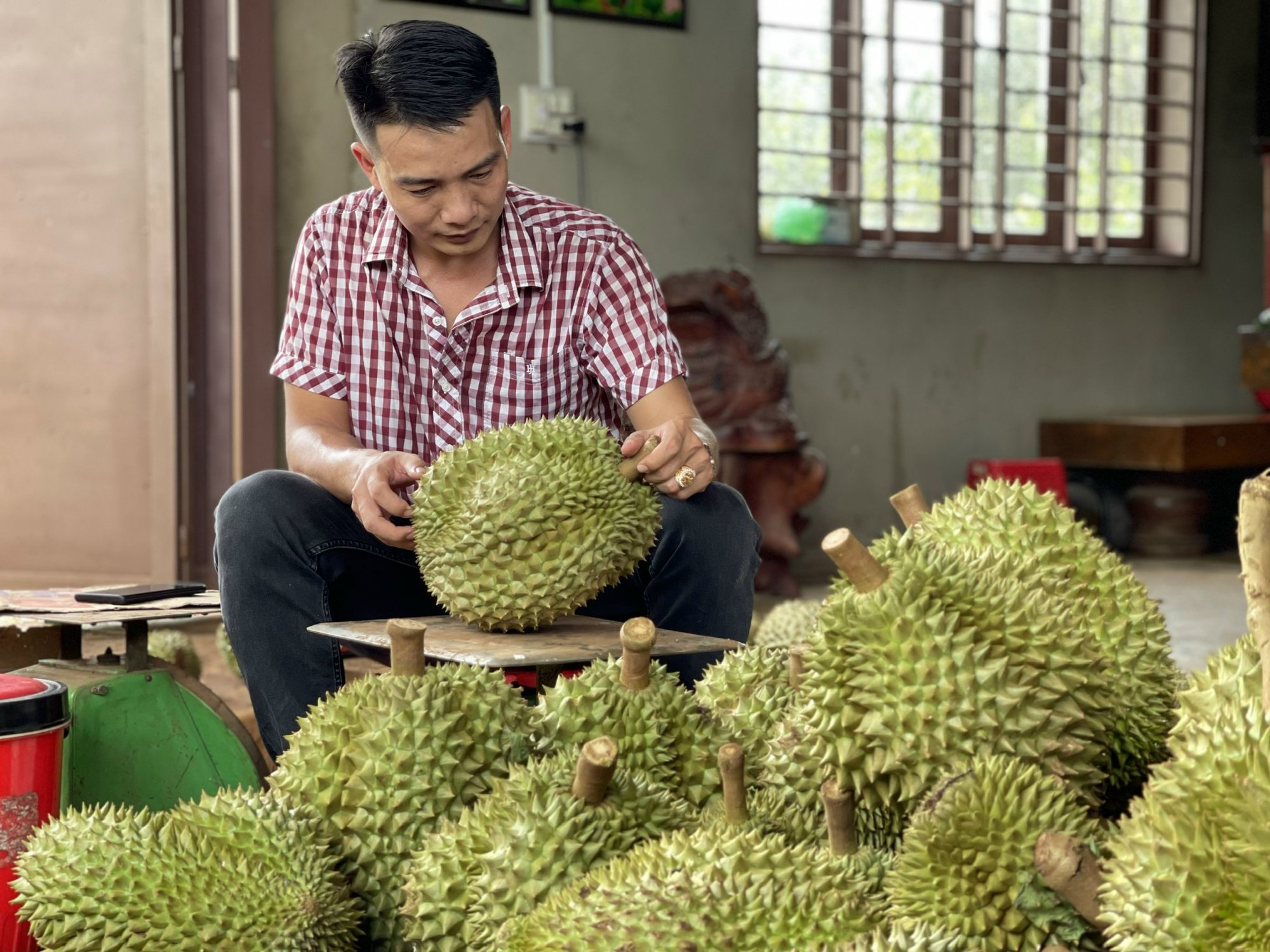
Dak Lak people classify durian. Photo: Van Giau
China Customs statistics show that China's fresh durian imports in the first four months of 2024 reached $5,394.6 per tonne, up 4.9% over the same period in 2023. Demand for durian from China "could increase 15-fold in the future," the South China Morning Post reported, citing a forecast.
Vietnam's durian exports from 2023 to present have recorded an "explosion" equal to many years combined. In the first 4 months of 2024 alone, durian exports reached over 111,600 tons, worth over 470 million USD, up 124.6% in volume and 145.8% in value over the same period in 2023. China still accounts for 91.93% of the total export turnover of the entire Vietnamese durian industry.
But China's "craze" for durian, the explosion in export numbers and durian prices have also exposed shortcomings in this industry that, if not promptly remedied, could leave behind significant consequences.
Recently, a durian production and export company decided to sue a gardener in Binh Thuan after the gardener "canceled the deal" to buy and sell durian with the company.
Perhaps this is also the first time a durian gardener has been involved in a lawsuit like this, but behind it also shows the looseness in a business relationship where consistency and steadfastness should be the top priority.
But the story of durian does not stop at buying and selling when not yet mature, affecting the quality of the rice. Behind the "overheated" development of an industry are also the shortcomings that have arisen in the process of building and monitoring the growing area code; it is an "explosion" in area that, if there are no timely adjustments, could very well fall into the risk of "collapse" like the lesson of many previous crops.
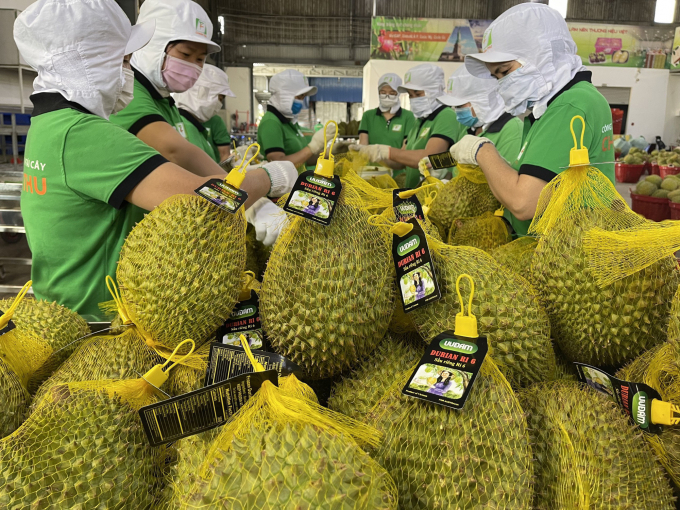
Packing durian for export at Chanh Thu Company. Photo: PV
For example, in Dak Lak - considered the "capital" of durian in the Central Highlands, as of May 2024, this province had more than 32,000 hectares of durian, far exceeding the mid-2023 statistics of 22,458 hectares. Nationwide, in 2023, the durian area reached 110,000 hectares, with an output of about 1.2 million tons (more than double both area and output compared to 2018).
Mr. Vu Duc Con, Chairman of the Dak Lak Durian Association, expressed concern that if there is no assessment, control, and assurance of balanced production and harvest, especially the issue of farmers' cultivation, it will lead to many risks in the market and disruption of crop planning in localities - risks that many experts had previously warned about when the durian "fever" first began to emerge.
At a conference to discuss solutions for developing the durian industry, a representative of the Department of Agriculture and Rural Development of Krong Pac district (Dak Lak) also acknowledged a reality: The situation of garden owners has not implemented correctly, does not understand their rights and obligations, and has not fully recorded production records. The management records of growing area codes are still simple and loose, even in some cases, some gardens are located in the growing area code but the garden owners... do not know.
Or in the recent conference on sustainable durian production and export organized by the Ministry of Agriculture and Rural Development assigned to the Plant Protection Department, Mr. Huynh Tan Dat, Director of the Plant Protection Department, informed that although the whole country has 708 codes for growing areas and 168 codes for fresh durian packaging facilities granted, in reality, localities have not proactively checked and monitored the export codes after they have been granted in accordance with the regulations of the importing country, especially the Durian Protocol signed with China.
"These are also the main reasons why many durian shipments have been warned of violations of plant quarantine and food safety in recent times and there are signs of an increase," said Mr. Dat.
Compared to other durian producing countries such as Thailand, Malaysia, the Philippines, Indonesia, etc., Vietnam has the advantage of abundant output, with year-round harvests, especially off-season durian. But nothing is permanent. On June 19, China and Malaysia marked the 50th anniversary of their relationship by signing a series of agreements, including those on durian development and export.
Malaysia has an advantage in high-quality durian varieties. Notably, the country is home to the Musang King variety, known as the king of durians. Malaysian durians can be sold in China within 48 hours of harvest thanks to air freight.
Meanwhile, Thailand is still the largest durian export market to China and the Thai government has been calling on exporters to find ways to increase the amount of durian reaching the Chinese market, after Vietnam surpassed Thailand for the first time in exporting the king of fruits to the billion-people market. Not to mention, China also has ambitions to grow durian itself.

Author of the article, journalist Pham Anh Tho. Photo: DV
When talking about the market competition of the durian industry, on her personal page, Ms. Ngo Tuong Vy, General Director of Chanh Thu Fruit Import-Export Joint Stock Company, used the word "fierce", because it was a year of good prices for farmers but also caused many businesses and traders to struggle in the race to compete for a "piece of the cake".
Therefore, Ms. Ngo Tuong Vy at a conference on sustainable durian development proposed a mechanism to "separate durian into an independent industry to have its own management mechanism". Taking Thailand as an example - a competitor of Vietnam, Ms. Ngo Tuong Vy cited: "In Thailand, if a farmer is found cutting young durian and is inspected by the police (at any time), the code of that growing area will be announced on a fanpage, where the Chinese consulate will participate to handle the matter".
Perhaps, at this time, the durian industry needs to regulate farmers' production, increase the effectiveness of cooperation between farmers and businesses, thereby having a basis for planning and managing reasonable planting areas and crops. In other words, it is necessary to "re-center" so that farmers and businesses can be calmer before the "fever" of this special flavor.
Dragon fruit was once considered a billion-dollar fruit and once held the "superior" position in exports to China.
But the "overheated" development in area despite warnings and lack of proper attention to improving product quality has caused the dragon fruit industry to sometimes fall into dire straits.
And this lesson is never old!
Source: https://danviet.vn/con-sot-sau-rieng-va-noi-lo-sau-chung-20240625104610938.htm





![[Photo] Party and State leaders visit former President Tran Duc Luong](https://vphoto.vietnam.vn/thumb/1200x675/vietnam/resource/IMAGE/2025/5/24/960db9b19102400e8df68d5a6caadcf6)

![[Photo] Ho Chi Minh City holds funeral for former President Tran Duc Luong](https://vphoto.vietnam.vn/thumb/1200x675/vietnam/resource/IMAGE/2025/5/24/9c1858ebd3d04170b6cef2e6bcb2019e)
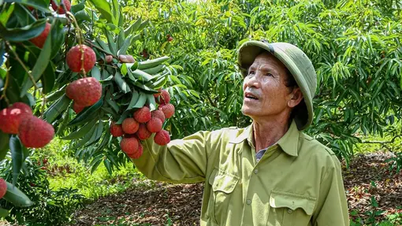

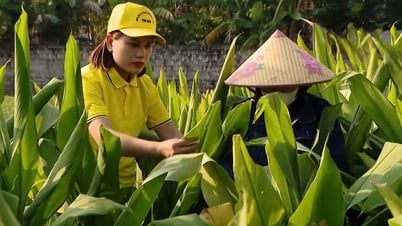





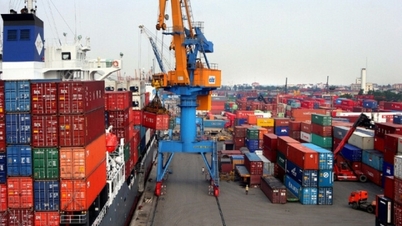
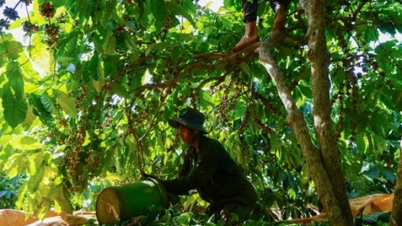


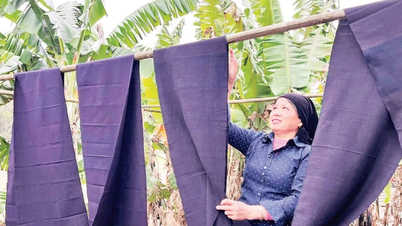
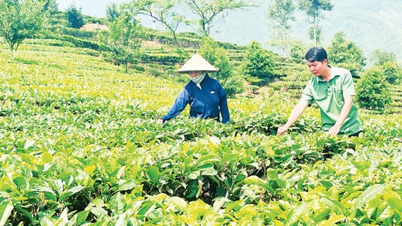
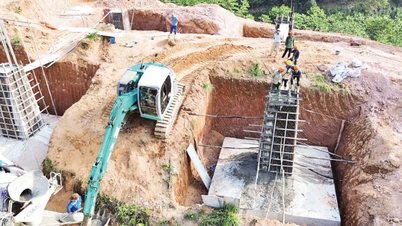

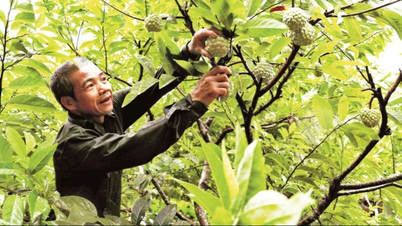








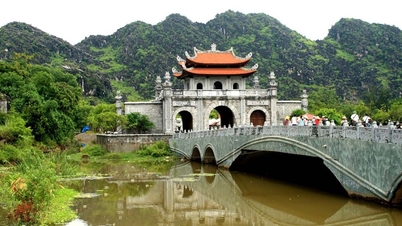


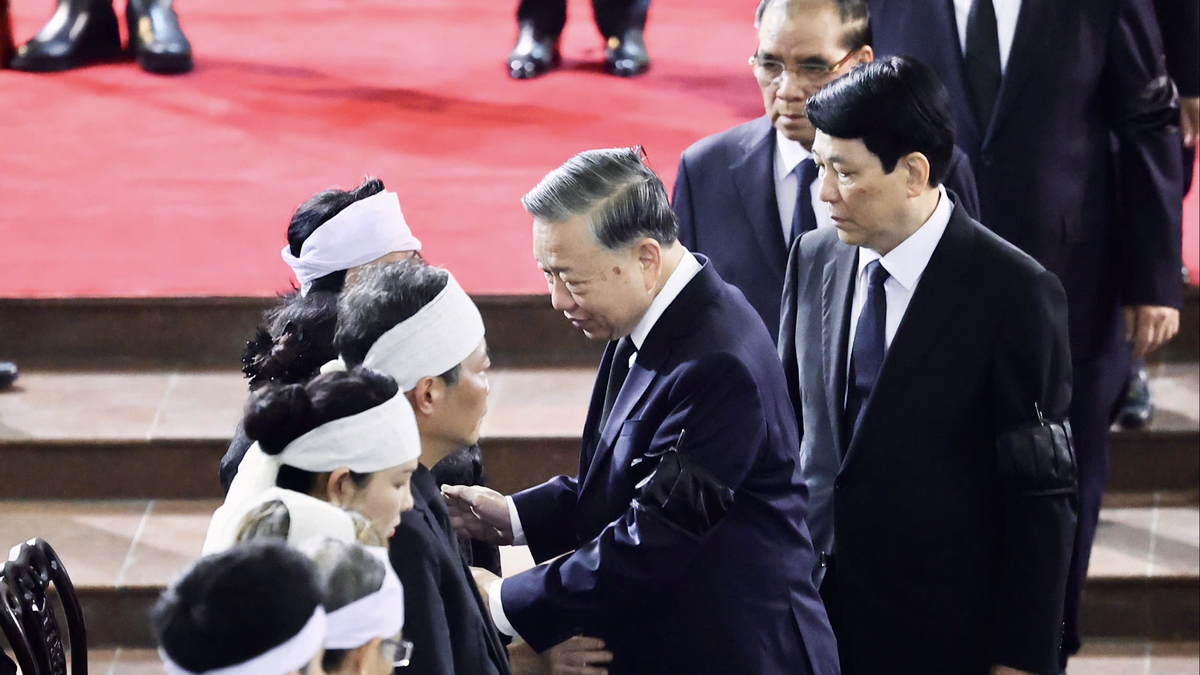






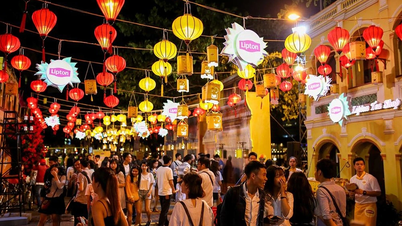

























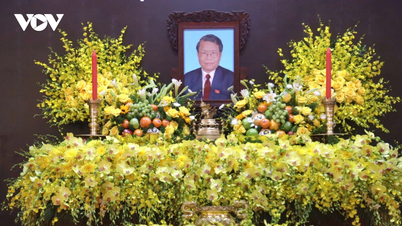










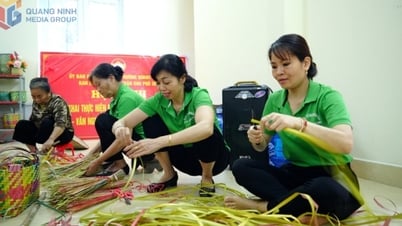





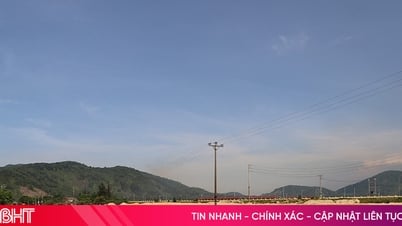
















Comment (0)